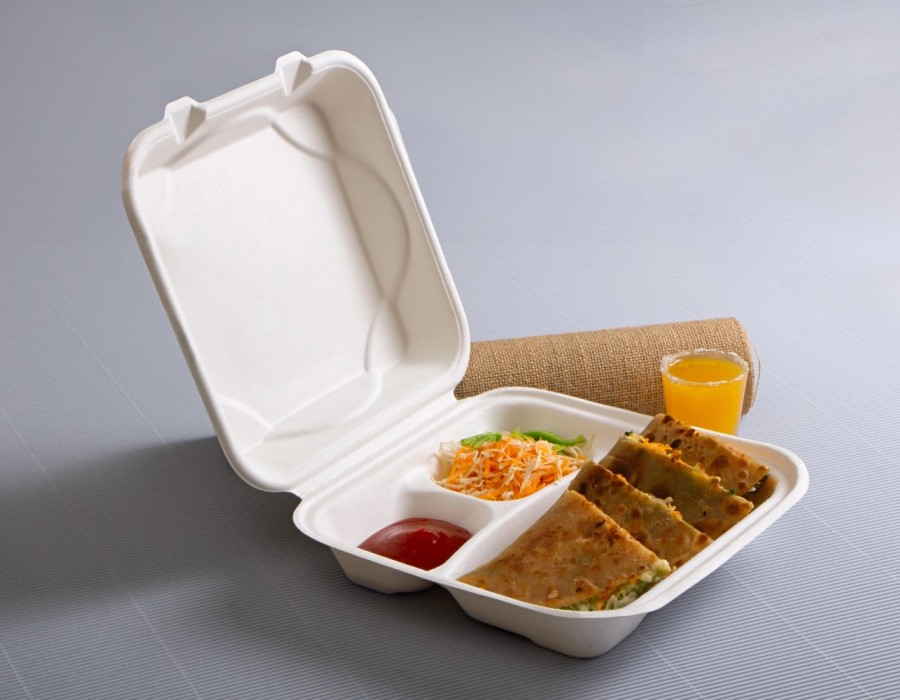Introduction
As global awareness of plastic pollution grows, the search for sustainable alternatives to single-use plastics becomes increasingly urgent. Bagasse containers, made from the fibrous residue of sugarcane after juice extraction, offer a promising solution. These eco-friendly containers are biodegradable, compostable, and provide an effective means to reduce single-use plastic waste. This blog delves into the role of bagasse containers in mitigating plastic pollution and promoting sustainable practices.
The Environmental Impact of Single-Use Plastics
Single-use plastics, such as straws, cups, and containers, contribute significantly to environmental degradation. They take hundreds of years to decompose, often ending up in oceans and landfills where they harm wildlife and ecosystems. The production and disposal of these plastics release greenhouse gases and toxic chemicals, exacerbating climate change and pollution. As a result, finding alternatives to single-use plastics is critical for environmental protection.
Bagasse Containers: A Sustainable Alternative
Bagasse containers present an eco-friendly alternative to single-use plastics. Derived from sugarcane, a renewable resource, bagasse containers are biodegradable and compostable. They break down naturally within a few months, returning valuable nutrients to the soil and reducing landfill waste. This natural decomposition contrasts sharply with the centuries-long persistence of plastic waste, highlighting the environmental advantages of bagasse containers.
Reducing Plastic Pollution with Bagasse Containers
The widespread adoption of bagasse containers can significantly reduce plastic pollution. By replacing plastic food containers, cups, and plates with bagasse alternatives, we can decrease the volume of plastic waste generated daily. This shift not only minimizes the environmental footprint of food packaging but also helps protect marine and terrestrial ecosystems from the harmful effects of plastic debris. Additionally, bagasse containers do not release harmful chemicals into the environment, further reducing pollution.
Promoting a Circular Economy
Bagasse containers support the principles of a circular economy, where waste is minimized, and resources are continually reused. The production of bagasse containers repurposes agricultural waste that would otherwise be discarded or burned, contributing to air pollution. By using this waste to create valuable products, we promote resource efficiency and sustainability. Moreover, the compostability of bagasse containers ensures that they can be returned to the environment safely, closing the loop in the product lifecycle.
Encouraging Sustainable Consumer Practices
The use of bagasse containers also encourages sustainable consumer practices. As more businesses and consumers choose eco-friendly packaging, the demand for single-use plastics decreases. This shift not only reduces plastic waste but also raises awareness about the importance of sustainable choices. By opting for bagasse containers, consumers can actively contribute to environmental conservation and support the transition to a greener economy.
Conclusion: Embracing Bagasse Containers for a Greener Future
The role of bagasse containers in reducing single-use plastic waste is clear. Their biodegradability, compostability, and renewable origins make them a superior alternative to traditional plastic packaging. By adopting bagasse containers, we can significantly reduce plastic pollution, promote a circular economy, and encourage sustainable consumer behaviors. As the world continues to seek solutions to environmental challenges, bagasse containers offer a practical and impactful way to protect our planet and ensure a sustainable future.





Comments